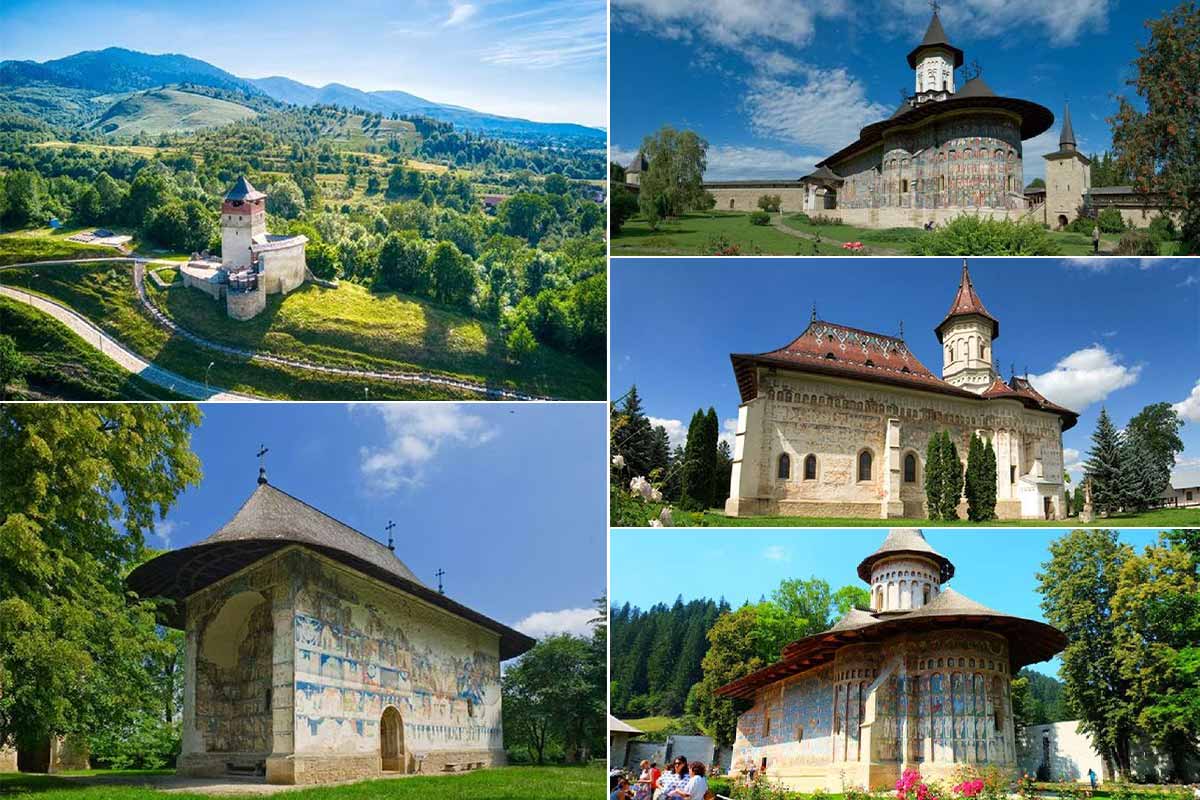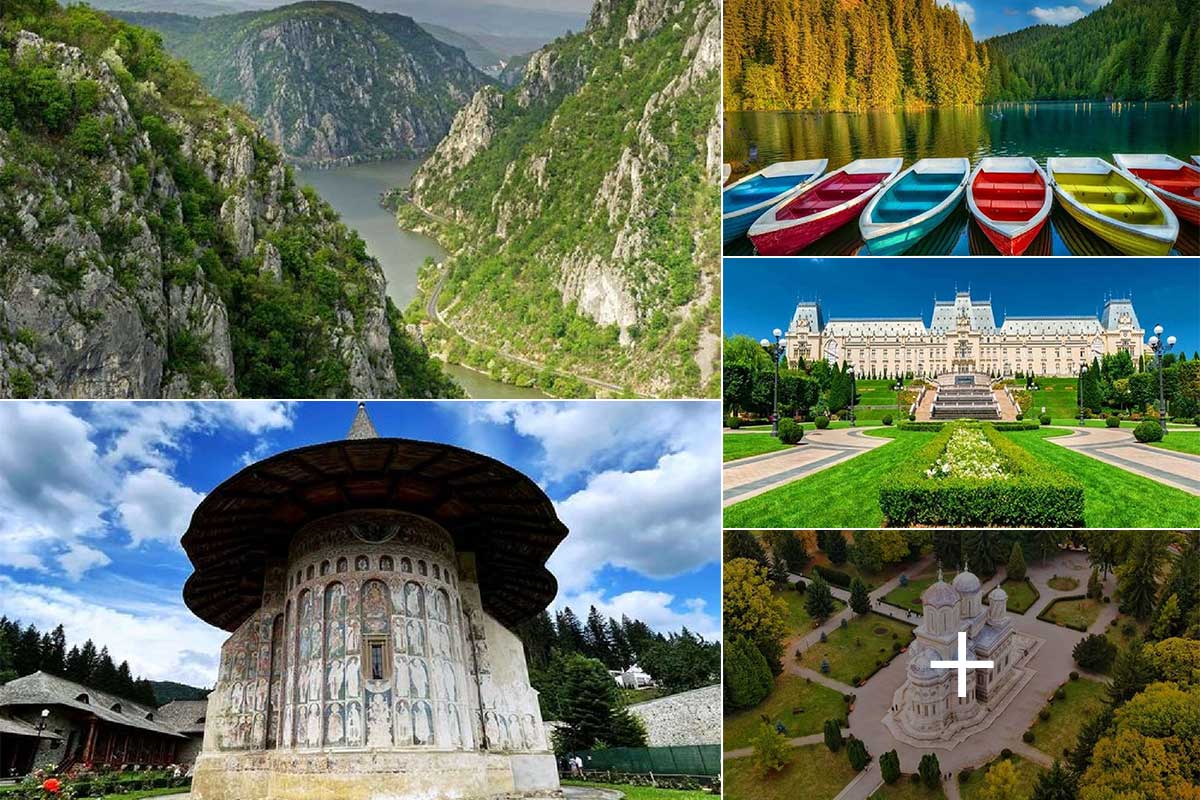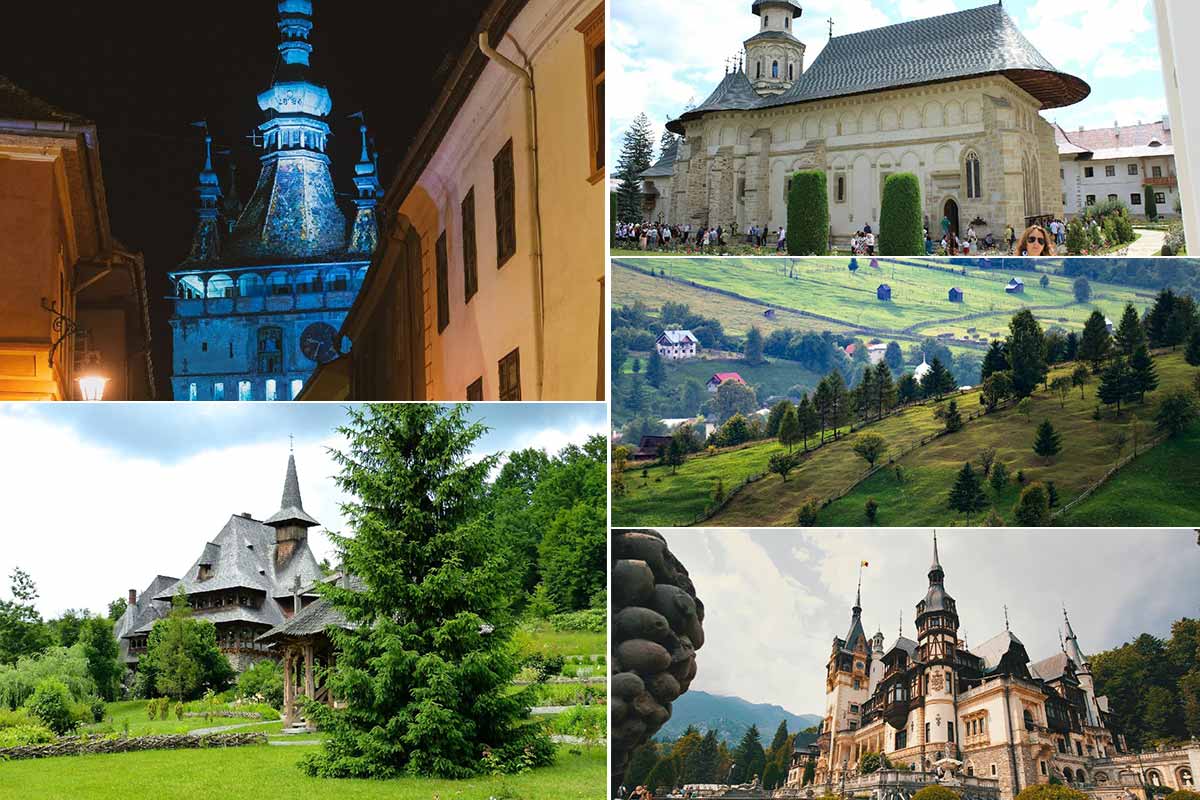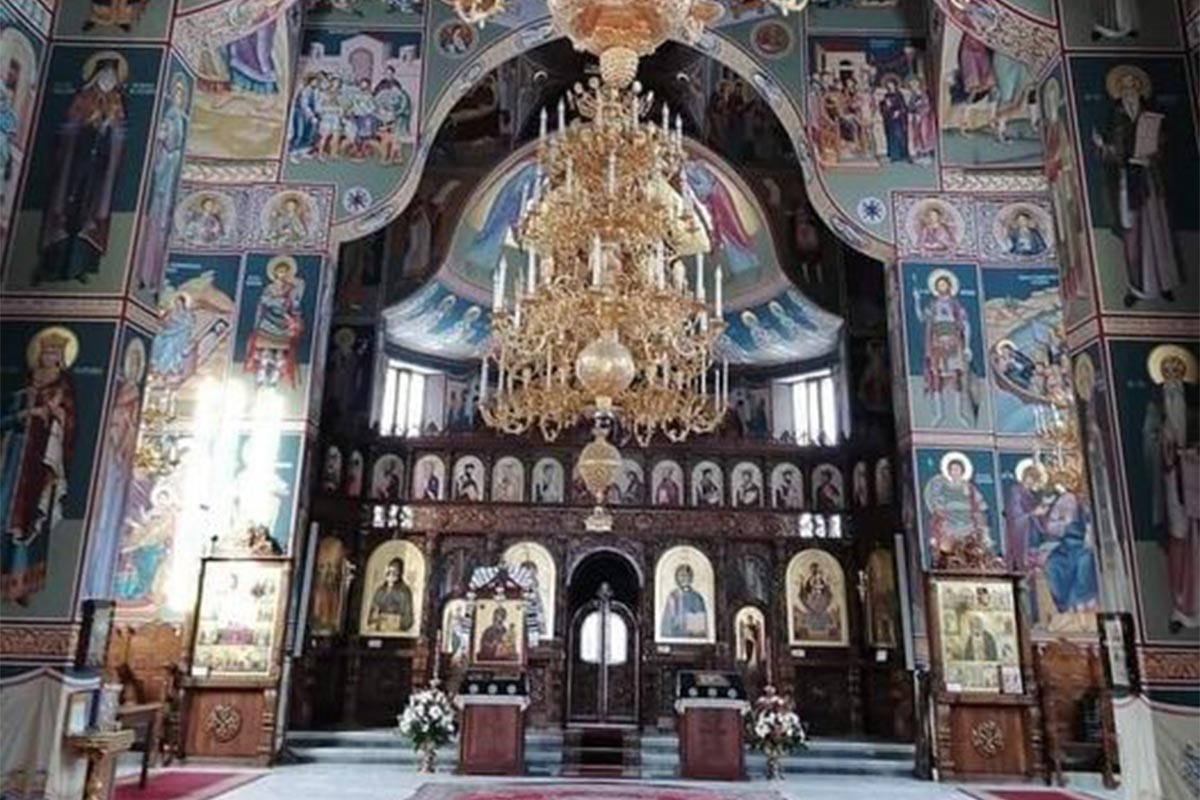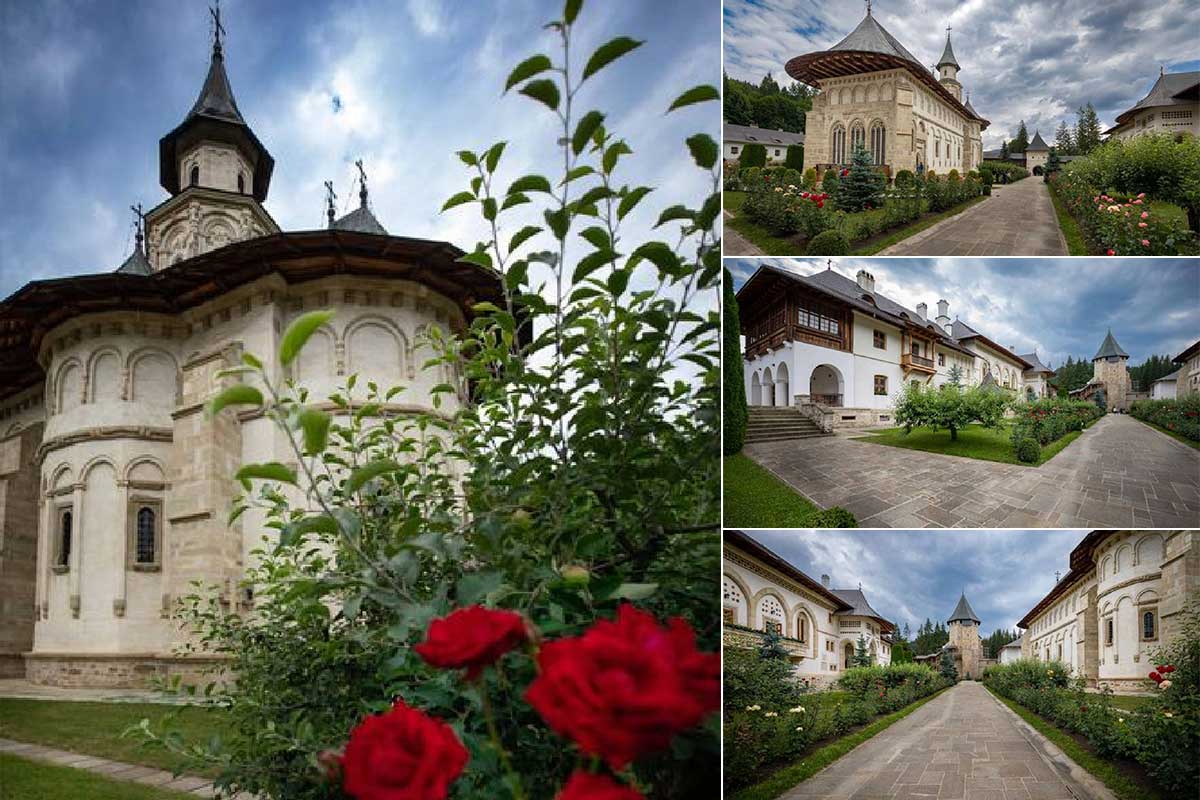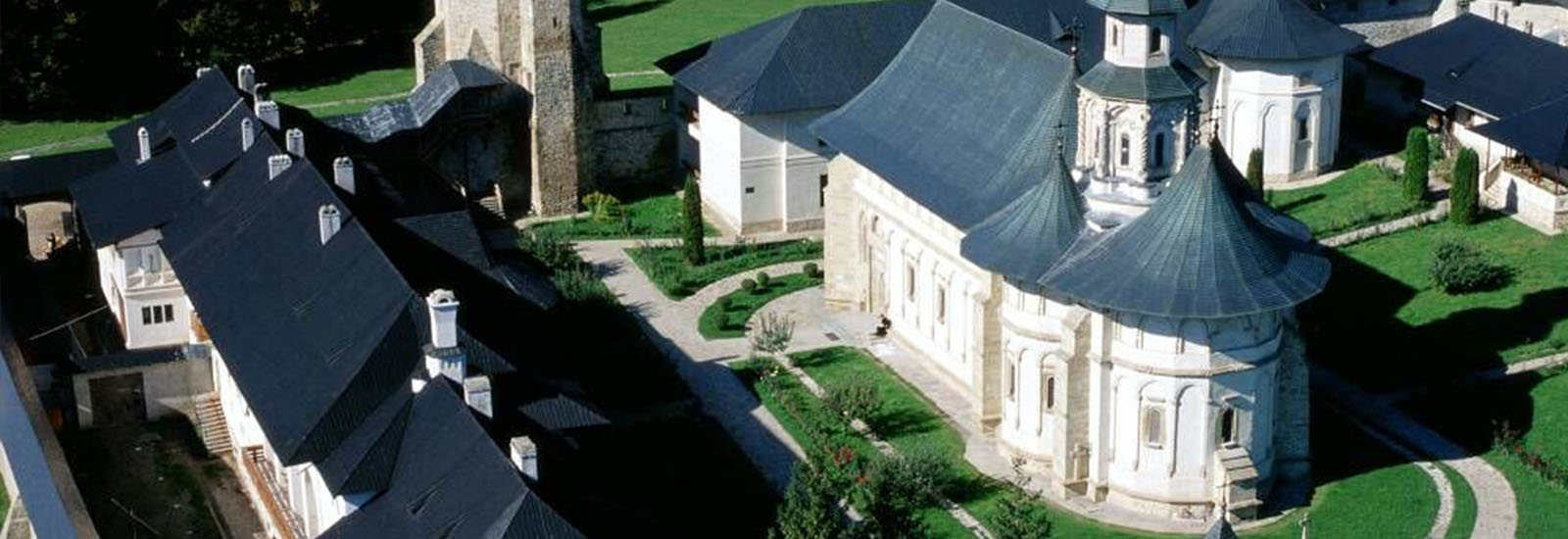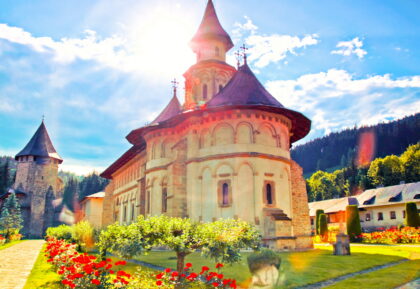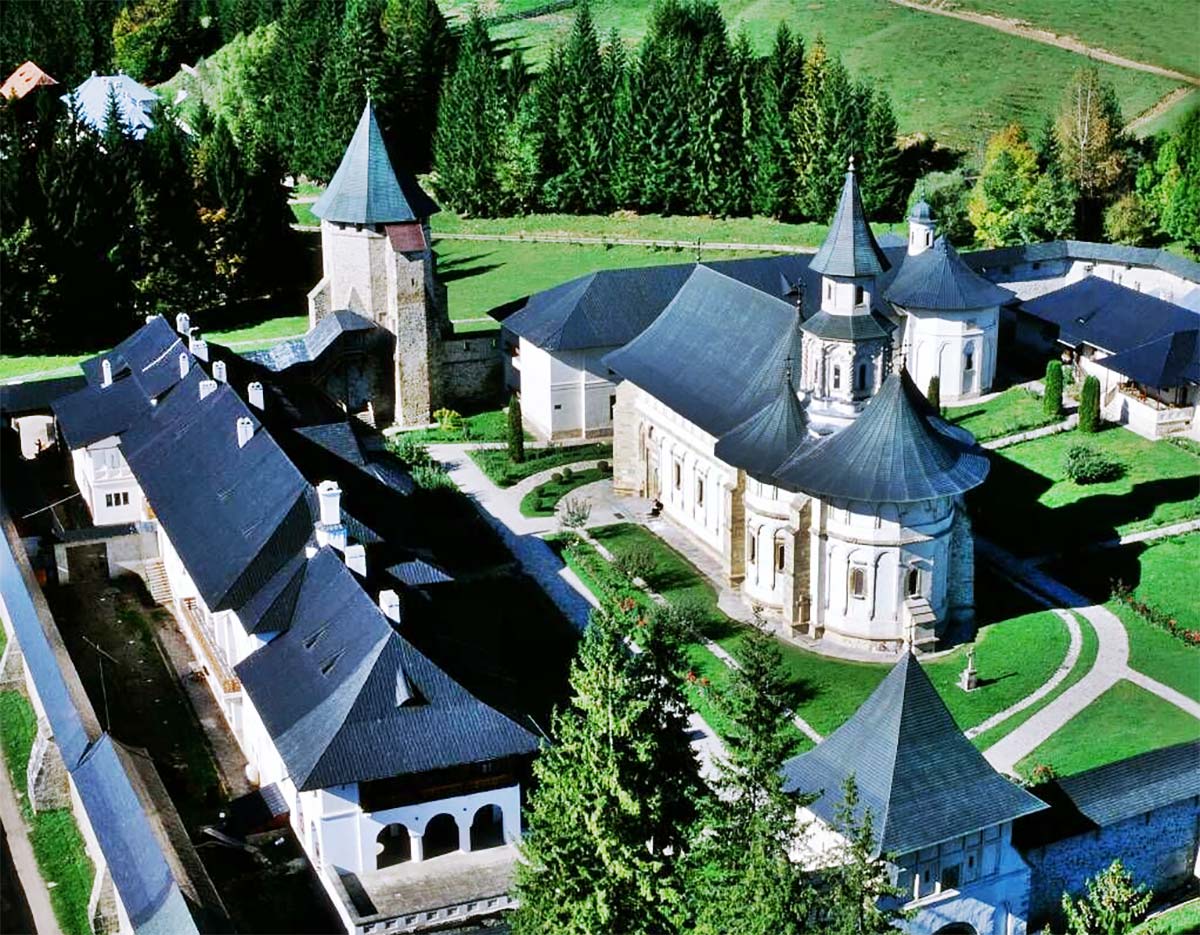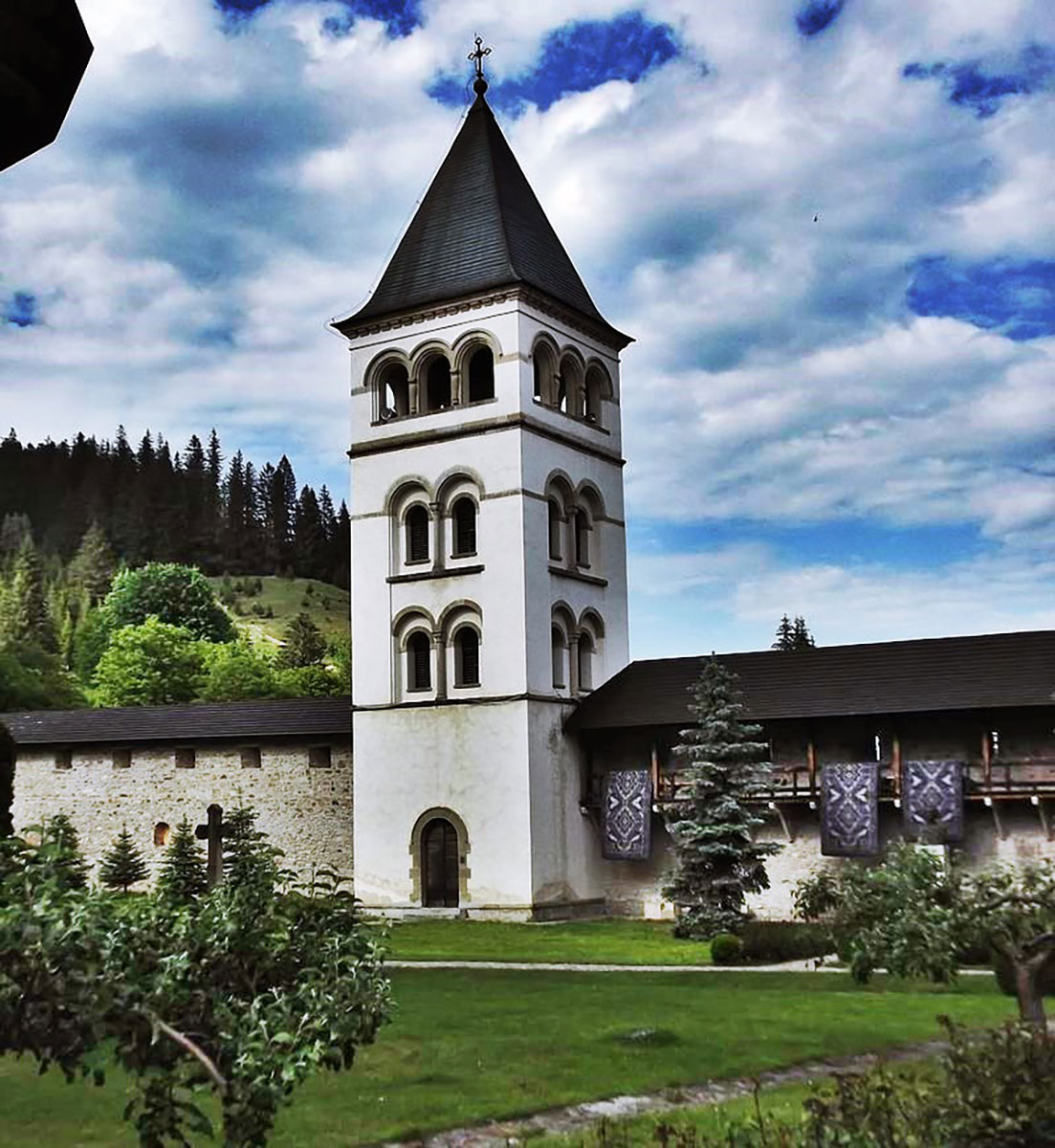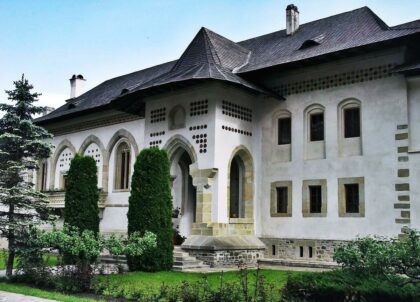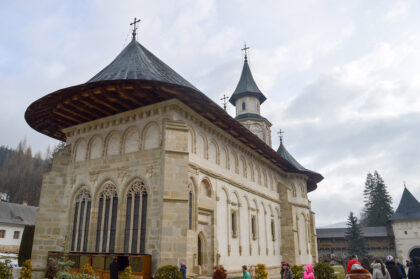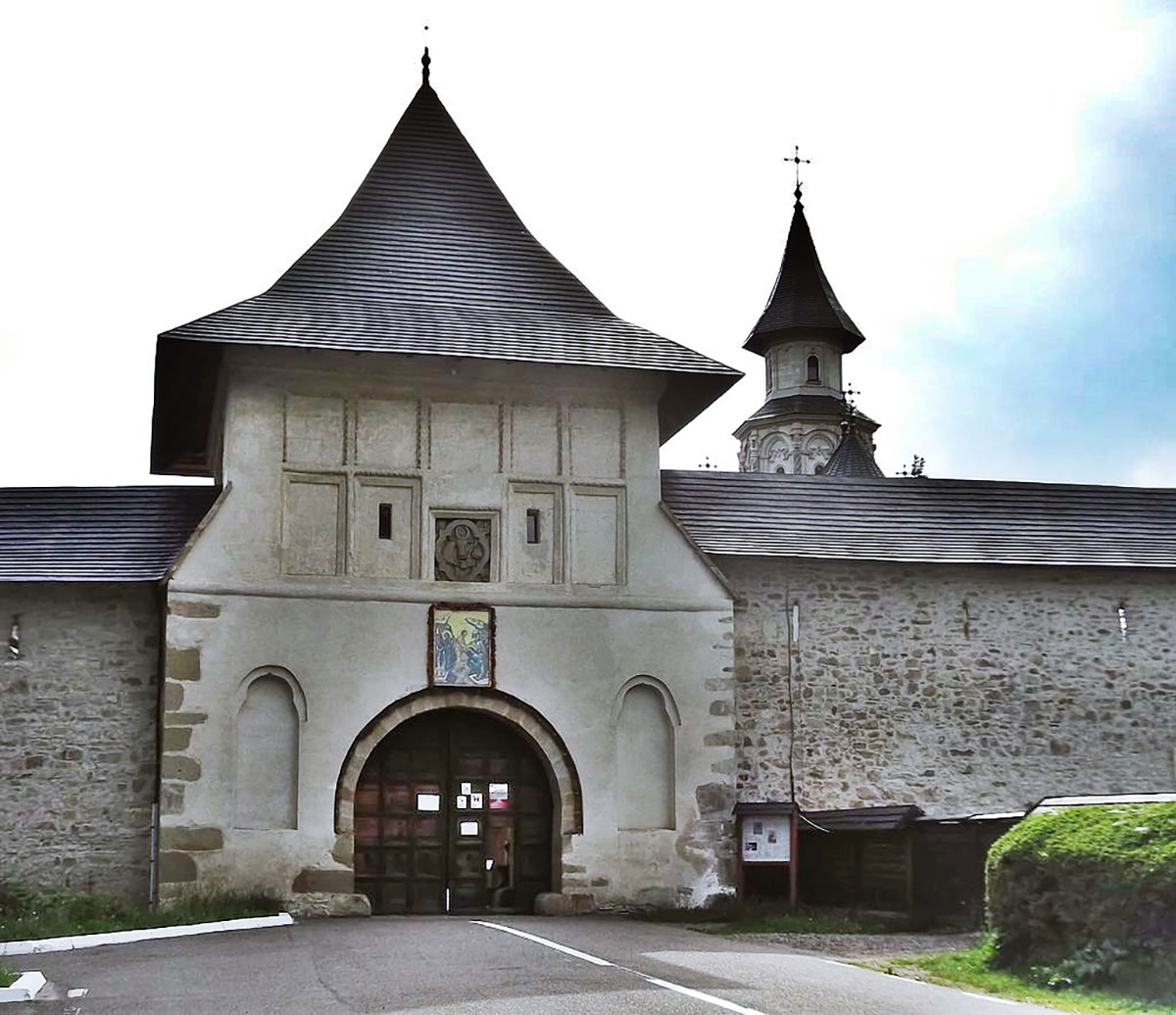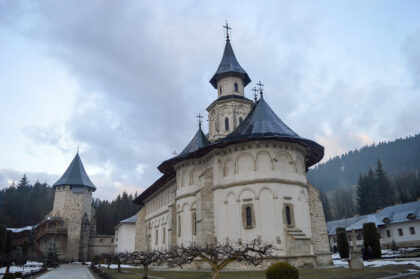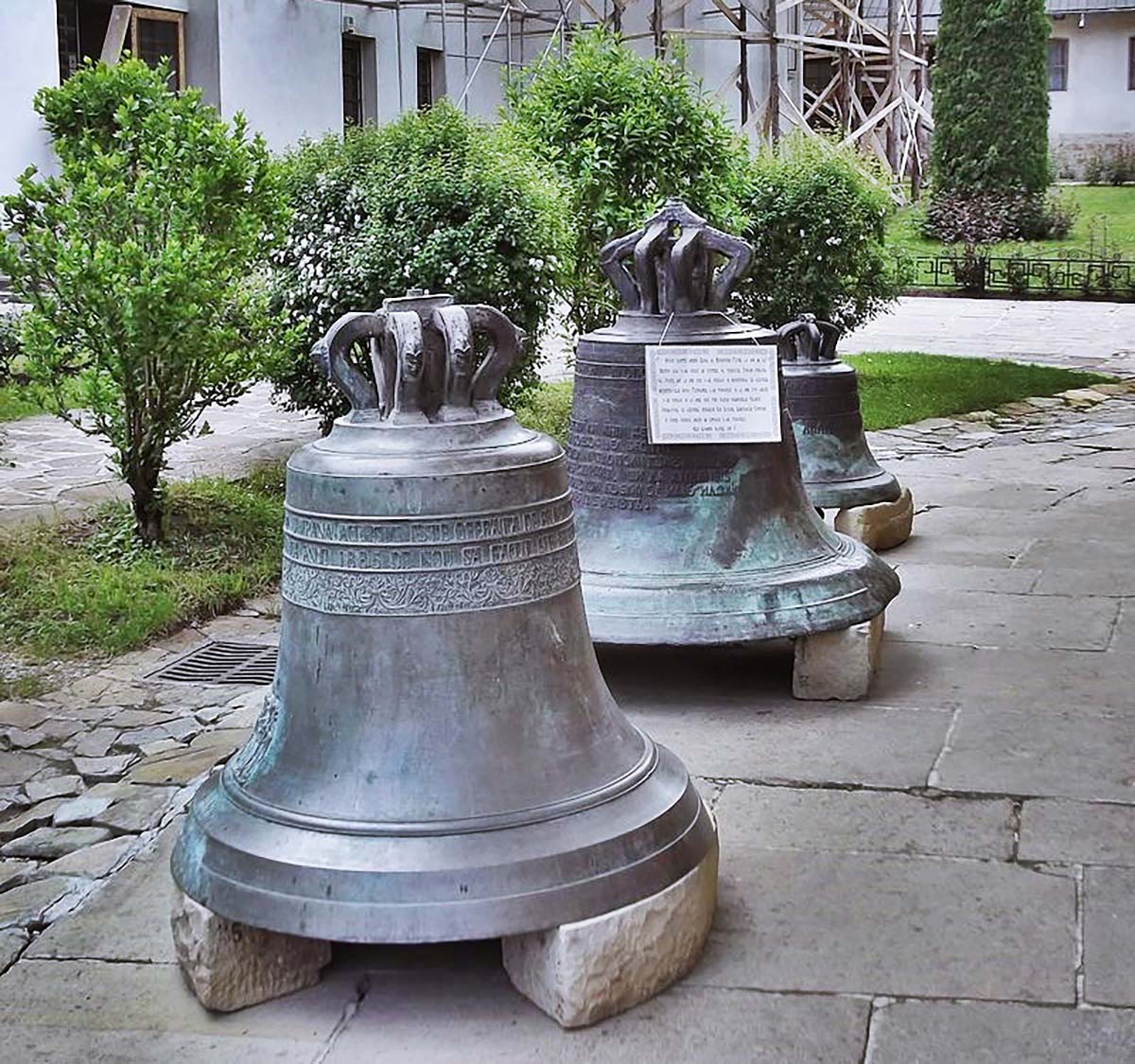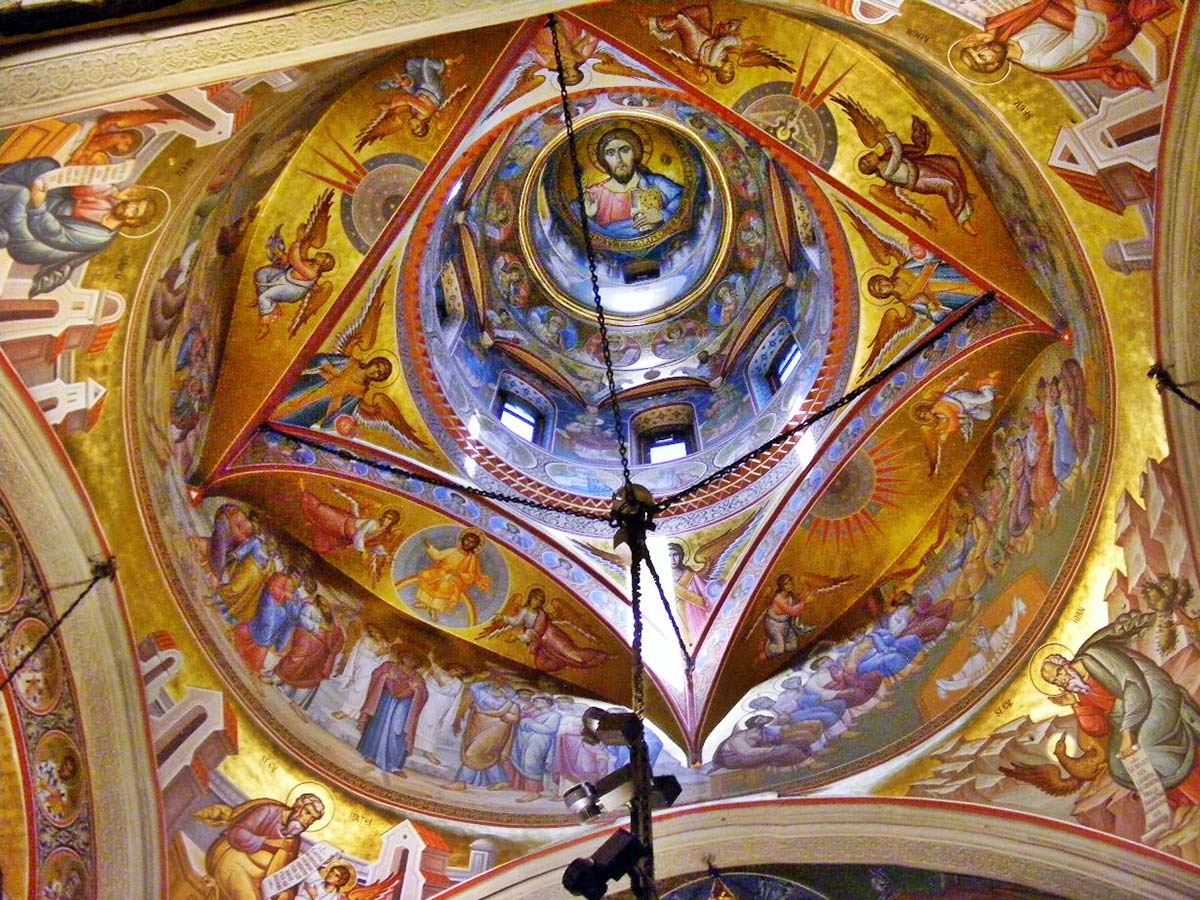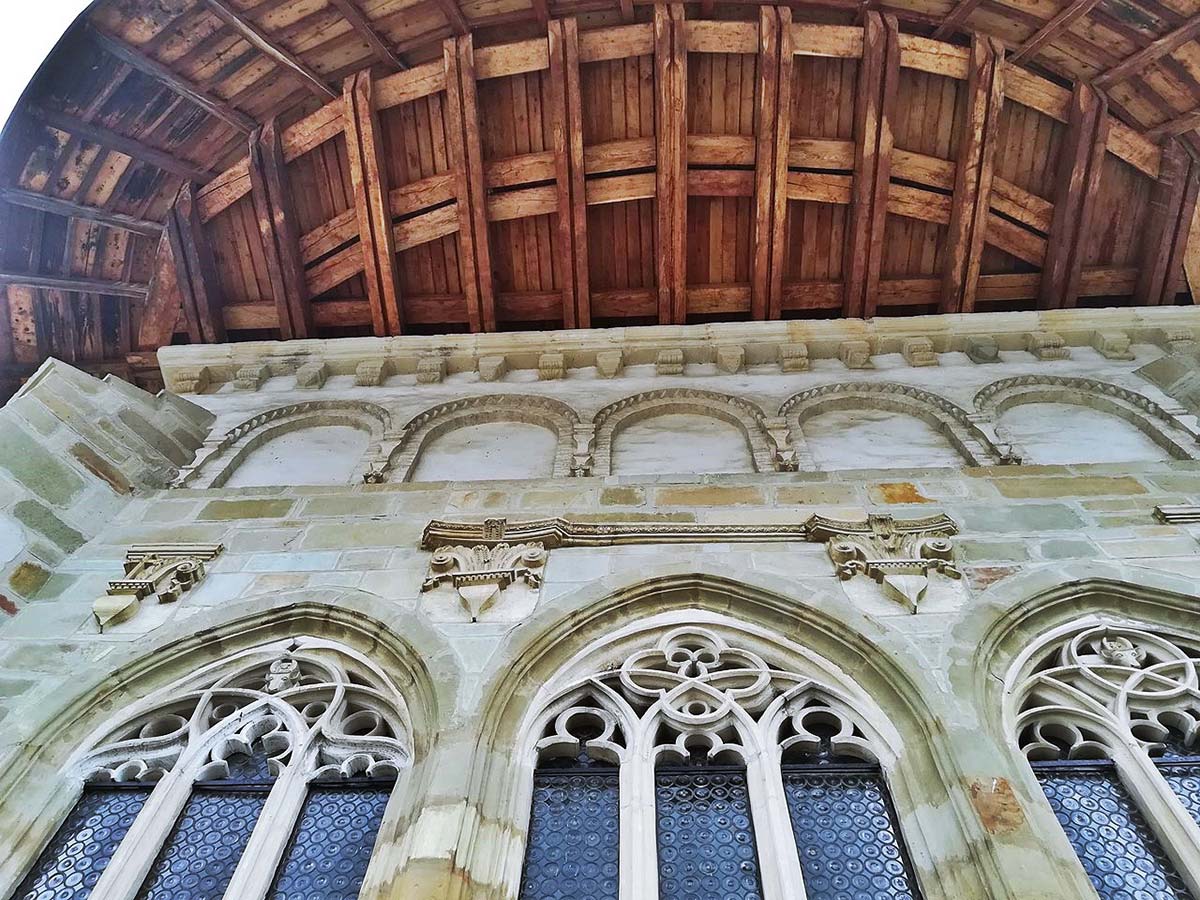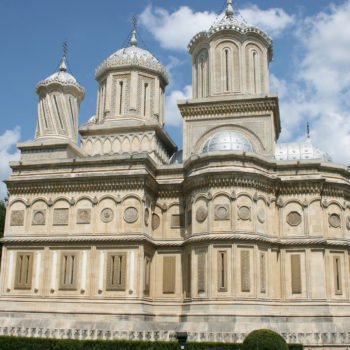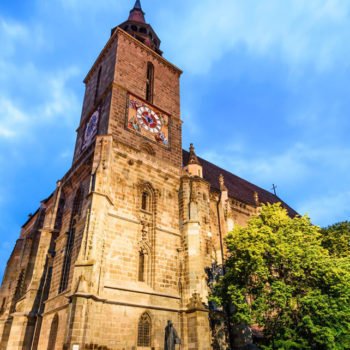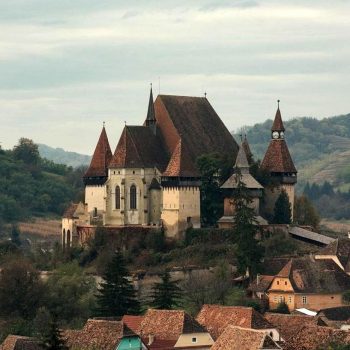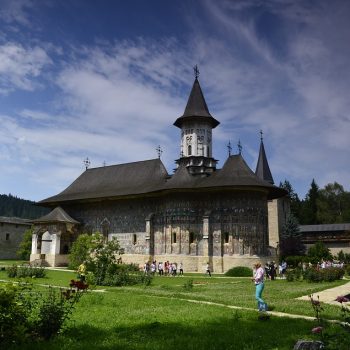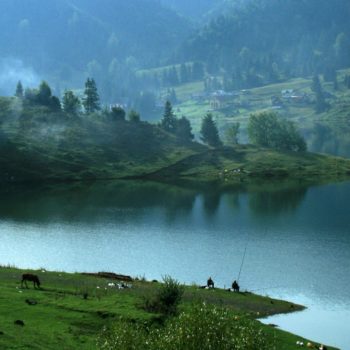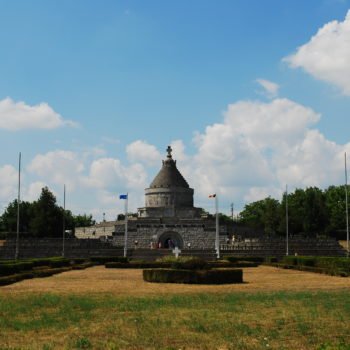Short description: The Putna Monastery is one of the most important Romanian cultural, religious and artistic centers built by the ruler Ștefan Cel Mare, being an orthodox monarchal monastery, nicknamed “Jerusalem of the Romanian Nation”, the first foundation of the ruler, one of the promoters of the Moldavian style that we know today…
County: Suceava
Images: red_frog | go_out_romania
…The monastery is located 33 km northwest of the city of Rădăuți, in Suceava county. The monastery was an important cultural center, where manuscripts were copied and precious miniatures were made. Lăcășul has a rich monastic museum, with embroidery, manuscripts, cult objects, icons, etc.
The Putna Monastery was designed to serve as the royal necropolis for the Grand Voivode Stephen the Great and his family.
History
The construction of the Putna Monastery church began on June 10, 1466 and ended in 1469, with the consecration of the church taking place the following year, on September 3.
It is said that Ștefan the Good chose the place by shooting with a bow from a mountain peak that is near the monastery, thus, where the arrow reached, there they built the altar.
On March 15, 1484, a strong fire broke out inside the monastery, thus destroying the cells and partially affecting the church, but Stephen the Great ordered the restoration of the church and its painting, both inside and outside. Then, in 1653, the Putna Monastery church is completely destroyed by Timuș Hmelnitki’s enemies.
However, Vasile Lupu began the restoration of the church in 1653, the works being continued by voivods Gheorghe Ștefan and Eustatie Dabija and completed in 1662.
Present
The Putna Monastery Museum is the richest and most valuable in the country, holding many objects from Stephen the Great, the monastery being famous for its treasury of embroidery, fabrics, cult objects, etc.
The Putna monastic complex preserves the specific characteristics of the monasteries in the Moldova area that can be found in the tourist circuit. They are very well cared for and are always visited by believers and tourists.
Our UiR database: search results for “Putna“








